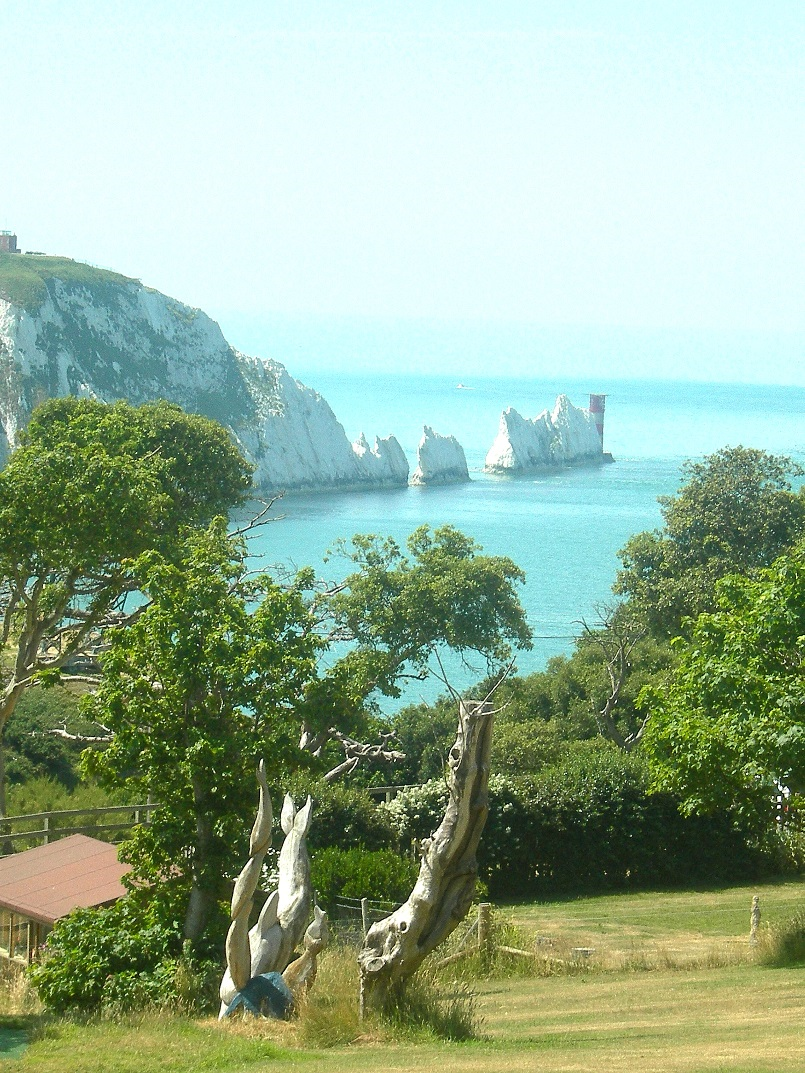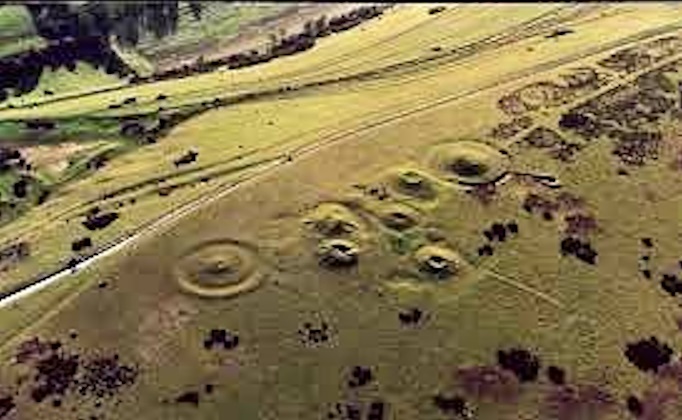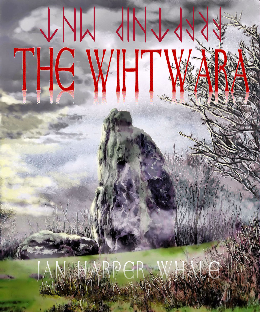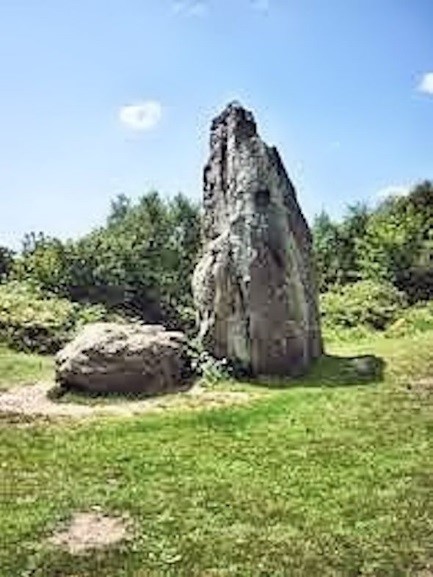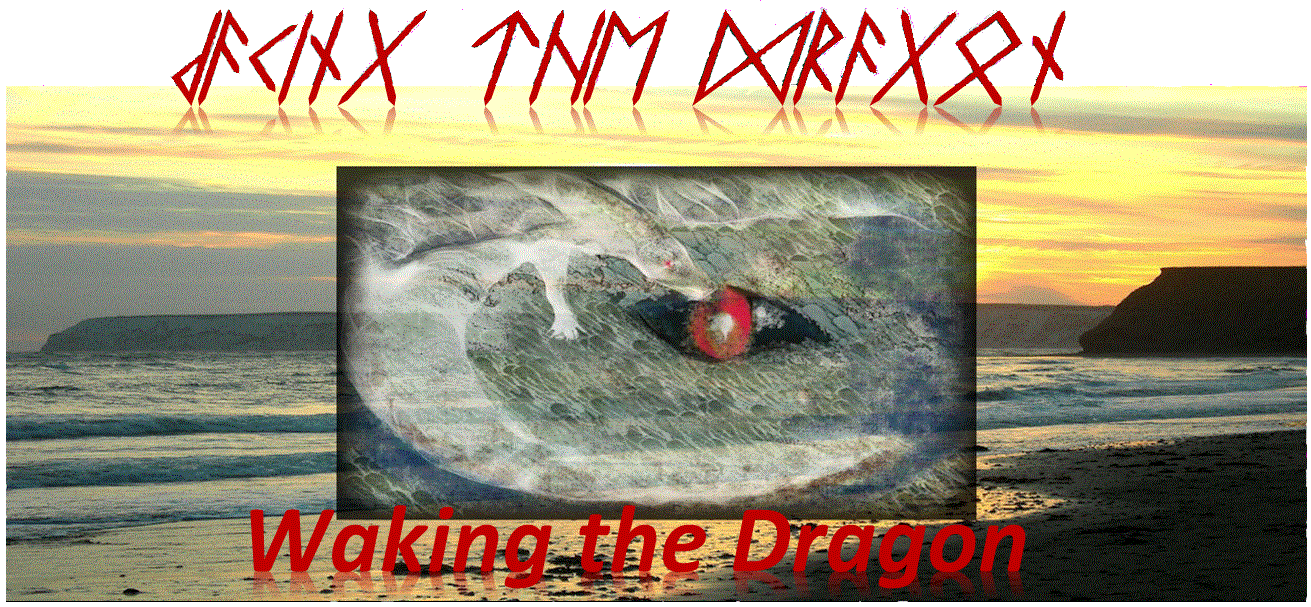
|
ISLAND OF THE DRAGON Winding its way from East to West, a high ridge of Firestone in the shape of a dragon, forms the backbone of the Isle of Wight. The Isle of Wight, (her ancient name: Wihtland, meaning Isle of Spirits), is a beautiful magical place full of coves, long beaches, white cliffs with rare flora and fauna exclusive to its shores. We have the wonderful red squirrel, only found here and in the northern reaches of Scotland. The island is a remarkable place, both historically and geologically. A close look at its structure suggests that the central position of Gatcombe may be of great significance. Although it is too much to expect that the mirror symmetry of the island should extend to its geology, there is nevertheless a remarkable feature about its structure. The strata of the Isle of Wight has been tilted up so they are exposed as parallel bans of rock running East-West. If these strata had been straight and even, then the mirror image of one half of the island in the other half would have been preserved. But the central ridge of the downs has been distorted so that it makes a flattened S shape, in a band of strata that runs from Foreland, through Brading and Ashey down to Carisbrooke, where it curves right round at the South-East. Then it runs through Gatcombe before curving back to the West and passes North of Mottistone and straight on to the downs that leads to the needles. Excerpts from an artical by:- Brian Innes |
|
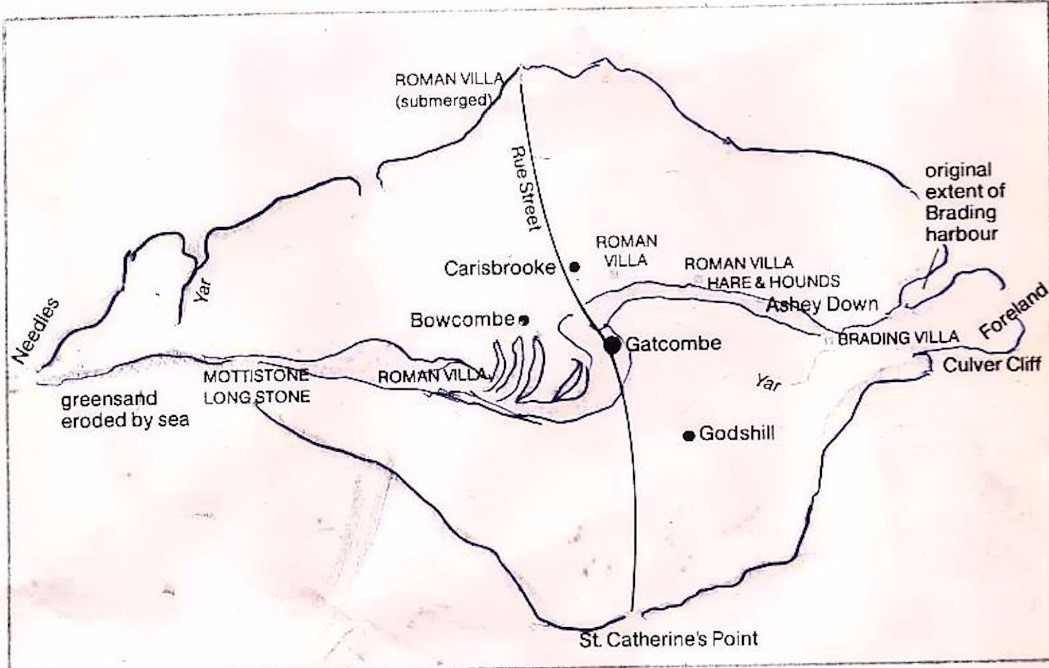 |
|
|
The island is certainly magical. It also has a strong magnetic force, like a giant lodestone. People say they are drawn, inexplicably to the island. Some say they are sent. Some say, who have left the island that they feel a strong pull to return. This is how it was for me. After travelling to many countries and finding deep connections to some places I found myself, after a while, feeling this inexplicable pull: the island was calling me home, even after I had made a “new” home in wonderful Somerset. My love for this small island, at the very base of Britain, goes cellular deep, to the soul, and I discovered only recently that my blood Ancestors lived on this Isle centuries ago. They protected it with their courage and their blood. I am passionate for the safe keeping of our Island home. The dragon line is also a major fault line that runs the entire length of the island. We have a very fragile geology. |
|
This island of such rare beauty is now facing a threat so alarming and terrible, it struck me to the core. FRACKING. UKOG, the gas and oil extraction company has been awarded 5 licences virtually covering two thirds of the Isle of Wight to drill for oil. This website has been created to inform, educate and hopefully also to touch your heart. This island is truly a microcosm of the larger macrocosm of Britain and her beauty is in danger of being destroyed. The Isle of Wight is also ideally placed to become a beacon for the rest of the country in sustainable energy. We have wind, wave and sun all around us. And it is after realising the true horror of fossil fuel extraction, that it is the humane way to care for our earth and honour the future for our children’s children. You are invited to explore this website by clicking on FRACKING, to find the facts the industry does not want you to know. Blessed be Llawendryad |
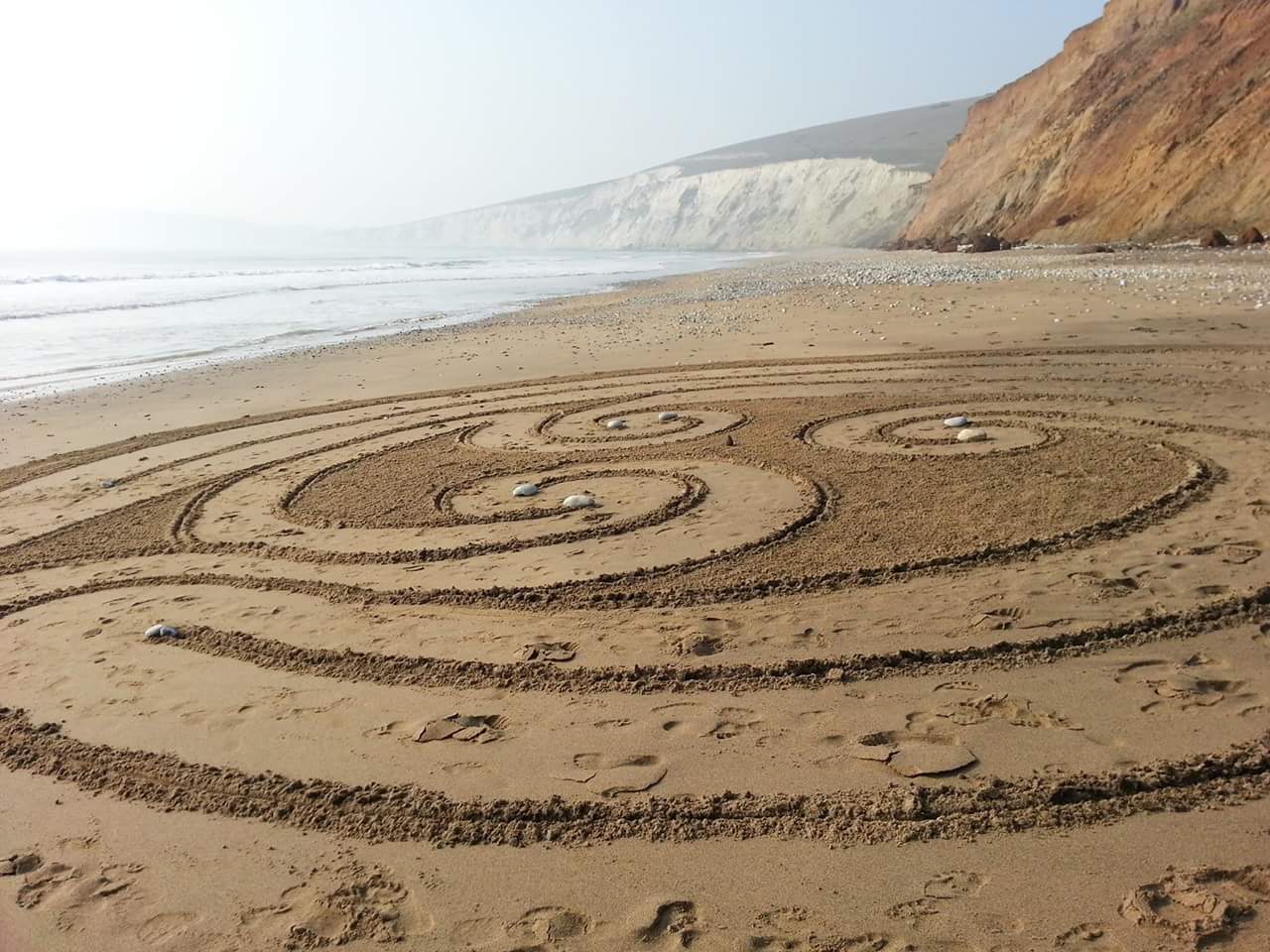
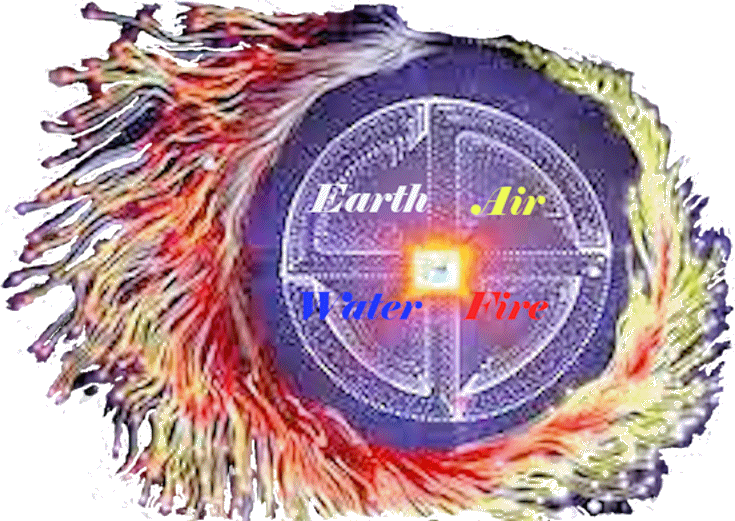
|
